table of contents:
Dreaming of sewing your first creation, but patterns seem incomprehensible? Discover how to choose your beginner sewing pattern using simple, concrete criteria.
Whether you choose a pocket or PDF format, we'll reveal the secrets to recognizing a model suited to your skills, with clear explanations, basic techniques, and even video tutorials.
Turn your frustration into success by following a step-by-step process, from a tote bag to a flowing blouse, with tips for mastering the basics without ever getting lost in overly complex steps.
Recognizing an easy sewing pattern: the guide to avoid making mistakes
Choosing a sewing pattern for beginners may seem simple, but certain details can make all the difference between a successful project and a discouraging failure. In this guide, discover how to recognize an easy sewing pattern, the features that reassure beginners, and why fabric choice plays as essential a role as the design itself in making confident sewing progress.
The characteristics of an ideal sewing pattern for beginners
To avoid unpleasant surprises, identify the elements that make a pattern a beginner's ally. A pattern adapted to your level will guide you without frustration. Here are its characteristics:
-
Fewer parts to assemble: Fewer parts means less risk of confusion. A project like a tote bag or an elasticated skirt can be limited to 2-3 pieces.
-
Mostly straight lines: Curves and yokes make sewing more difficult. Opt for clean lines, such as on a loose-fitting T-shirt or straight-leg pants.
-
Basic techniques: Beginner patterns exclude technical challenges. There should be no complex darts, shirt collars, or invisible zippers.
-
Clear instructions: The best patterns include detailed diagrams and explanations in accessible French. Some even offer instructional videos.
-
No complex adjustments: Simple designs (straight dresses, sleeveless tops) eliminate the need for body-shaping alterations. Perfect for your first project.
The brands clearly indicate the level required for each pattern. Their classification (Beginner, Intermediate, etc.) guides you towards projects that are tailored to you .
Your passion for sewing deserves to be perfected. Get started with Verotex's pattern-making courses and learn how to work with patterns like a professional.

Why is the choice of fabric as important as the pattern?
An easy beginner sewing pattern can become a nightmare if the fabric is poorly chosen. Here's your checklist to avoid pitfalls :
-
Beginners' allies: Cotton (poplin, chambray, canvas), linen or lightweight denim offer reassuring stability . They do not slip under the beginner's sewing machine and cut without difficulty.
-
Pitfalls to avoid: Stretchy fabrics (jersey with elastane), flowing fabrics (silk, satin) or directional fabrics (velvet, patterned fabrics) present many challenges. It's best to save these for later .
Ready-to-sew kits (pattern + fabric) solve this dilemma and prevent you from making mistakes while saving you time. Did you know that 80% of beginners who use these kits succeed with their first projects?
Your Learning Journey: 8 Projects to Get Started and Skills to Master
Are you new to sewing and looking for a beginner sewing pattern that's right for you? To progress step by step, it's essential to choose simple projects that gradually develop your skills.
Here are 8 creative ideas, from your first accessory to your first garment, accompanied by a clear summary table to track your progress and learn to master the basics of sewing with confidence.
From your first accessory to your first garment: our selection of patterns
Are you hesitant to sew your first project? Know that 90% of beginners succeed with their first creations by following a simple beginner sewing pattern. The choice of fabric plays a key role: 75% of avoidable errors occur due to poor material selection.
An often overlooked tip: also make sure you have the right sewing machine accessories , such as specific presser feet or needles, to make your first steps easier.
The tote bag
The tote bag is ideal for mastering the basics . Sewing this pattern will teach you how to sew perfectly straight seams, manage corners, and finish the edges with a simple hem. Choose a thick cotton or sturdy canvas for ease. This project can even be customized with reinforced pockets or handles.
The skirt with elasticated waist
The elastic waist skirt introduces you to making casings and inserting elastic. This very easy project allows you to create a comfortable garment . Viscose or poplin are ideal for this type of skirt. For a professional look, use 2 to 3 cm wide elastic.
The pajama shorts
Pajama shorts explore the concept of symmetry and how to sew crotches. This simple project prepares you for sewing garments made of soft fabrics like cotton or flannel. Use pins to mark the center before sewing, ensuring perfect symmetry. For an even cleaner finish, work with a Juki serger and follow a beginner sewing pattern to avoid fraying and progress with confidence.
The sleeveless blouse
The sleeveless blouse guides you through creating soft curves for armholes and necklines. This easy project is a great way to learn how to apply a simple bias binding . Double gauze or washed linen are ideal choices for this type of top. For a neat finish, press each seam after assembly.
The kimono or simple jacket
The kimono or simple jacket presents an accessible challenge when tackling sleeves. This project requires managing large pieces of fabric. Poplin or cotton allow this technique to be mastered without excessive difficulty. To begin machine sewing , it is recommended to follow a beginner sewing pattern and take the time to hem before setting in the sleeves to avoid unsightly creases.
Summary table of your sewing progress
|
Project Idea |
Key Skill Acquired |
Difficulty Level |
Recommended Fabrics |
|
Tote bag |
Sew straight and hem |
Very easy |
Thick cotton, canvas |
|
Elasticated skirt |
Create a slide |
Very easy |
Viscose, poplin |
|
Pajama shorts |
Mount a single fork |
Easy |
Cotton, washed linen |
|
Simple top |
Place a neckline bias |
Easy |
Double gauze, flannel |
|
Kimono |
Mount sleeves |
Easy |
Poplin, cotton |
By completing these projects, you'll gradually develop your skills. The patterns are categorized by level to facilitate your progress. Remember that each creation is a step towards autonomy: 85% of beginners master the basics after 3 successful projects .
Their star rating system makes it easy to identify your skill level at a glance. To make progress even easier, use Juki machines , renowned for their reliability, with a beginner sewing pattern adapted to your skill level.
To further your knowledge, brand video tutorials accompany your first creations. Free guides complement these learnings. With these resources, your first garments will have the same professionalism as those of experienced seamstresses.

From cover to PDF: how to choose and understand your first pattern?
Choosing your first sewing pattern for beginners is a crucial step in learning to sew with confidence. Between pocket patterns and PDF patterns, it's not always easy to know which one to choose when you're starting out. Here are the differences, how to read and prepare your pattern correctly before cutting the fabric, so you can successfully complete your first sewing projects stress-free and with pleasure.
Pocket pattern or PDF pattern: which one to choose to start with?
Can't decide between the two formats? Here's a comparison to help you decide :
Pocket Pattern :
-
Pros: Ready to use, instruction booklet included, aesthetically pleasing for collectors. Ideal for lovers of tangible objects.
-
Cons: Higher cost, overlapping size lines to trace.
PDF Pattern :
-
Advantages: Available immediately after downloading, cheaper, possibility of printing only its size via layers.
-
Disadvantages: Needs a printer, requires the step of assembling A4/A3 sheets.
Why do 80% of beginners choose PDF? This answer might surprise you, but you should know that both formats are available if you choose templates marked "Beginner."
Reading and preparing your pattern: the key steps before cutting
Before you reach for the scissors, follow these essential steps :
-
Taking your measurements : Forget your store-bought clothing size! Accurately measure your bust, waist, and hips to match the size chart specific to each pattern.
-
Choosing your size : Compare your measurements with the guide provided by the brand. Please note: each brand has its own size guide.
-
Tracing the pattern : Even though the envelope pattern may seem simpler, tracing its size remains the best practice. This preserves the original pattern and prevents misreadings between overlapping sizes.
-
Understanding the symbols : Familiarize yourself with the grain lines (aligned with the fabric edges), the assembly notches (to align the pieces) and the "fold" lines (to place on the fabric fold).
-
Benefit from brand support : Video tutorials explain each step. Maison Fauve's "Little Guide to Custom Sewing" is an essential free resource for adjustments.
Costly mistakes can be avoided if you master these basics. According to one study, 65% of beginners fail due to a misunderstanding of symbols . A tip: keep sewing tutorials handy and choose a suitable beginner sewing pattern to follow each step without stress.
For your first project, choose cotton or linen, which are easy to sew and cut . Some kits even include the fabric and pattern to avoid mistakes caused by choosing the wrong material.
Where to find the best sewing patterns for beginners?
Finding the right pattern for beginners is key to learning without frustration and making rapid progress. Between specialist brands, free and paid models, the selection is vast and can be confusing. This guide helps you identify the best patterns for beginners, while also discovering additional resources that facilitate learning and encourage you to take your sewing projects further, from your first accessories to your first garments.
Pattern brands that pamper beginners
Some brands classify their patterns by level. Some use a 5-level scale (Beginner, Easy, Intermediate, Advanced, and Expert). Others offer three categories: Beginner, Intermediate, and Advanced. This allows you to choose a project that suits you without getting discouraged .
Sewing kits are perfect for beginners. They include the pattern, fabric, and haberdashery, eliminating the stress of choosing materials. You have everything you need to successfully complete your first project without any hassle .

Free or paid patterns: what do you need to know?
Free patterns are a great way to try sewing without spending a lot of money. You can easily find them on blogs or through brand offers. However, these designs often lack educational details .
Paid patterns offer comprehensive support: detailed booklets, video tutorials, and sometimes even customer service. For a beginner, this support can mean the difference between success and giving up . Taking a sewing class alongside choosing a beginner sewing pattern helps you avoid setbacks and progress with confidence.
Be careful, price does not always guarantee simplicity. A well-designed free pattern may be more suitable than a complex paid model. The key is to check that the project is suitable for your level .
More than just bosses: resources to help you progress
Learning to sew isn't just about patterns. A caring community is waiting to guide you through your first steps. Here are some essential resources :
-
YouTube channels : find step-by-step video tutorials for each stage.
-
Sewing blogs and Instagram accounts : find inspiration and practical tips.
-
Sewing forums and Facebook groups : ask questions and chat with enthusiasts.
-
Sewing podcasts and magazines : cultivate your passion with expert interviews and educational files.
By combining the right patterns and educational resources, you'll be well-equipped to get started with confidence. Sewing quickly becomes a creative pleasure accessible to everyone , even without prior experience.
Sew with confidence. Join Verotex to master patterns and create perfectly fitting garments that make a difference.
Sew with or without a pattern? The definitive answer to get you started
Are you new to sewing and hesitant about using a pattern? This question often divides novices. Here's a clear overview to help you get started.
"Free" sewing: in what cases can you do without a pattern?
Sewing without a pattern is suitable for simple projects: accessories (cushions, sponges), elasticated skirts or T-shaped tunics. Two main methods: reproducing an existing garment by tracing its outline on paper, or folding the fabric to create the shape directly.
However, to start sewing , it is best to follow a beginner sewing pattern, because it ensures precision and makes it easier to fit clothes, even for your first t-shirts.
Why is a sewing pattern a beginner's best friend?
The pattern is an essential educational tool that offers clear explanations and pre-sized pieces. Some brands offer "Beginner" patterns with few pieces and straight cuts. PDF patterns often include video tutorials and size charts. They teach the logic of garment construction and adjustment to body sizes.
For your first projects, choose fabrics that are easy to work with, such as cotton, stable jersey, or linen. Resources like brand YouTube videos or forums (e.g., Sewing in Pictures) help you understand the steps. With experience, you can do without patterns, but they remain the safest way to learn without frustration .
Start with a suitable pattern to succeed in your creations . Favor simple models and easy fabrics , with brand guides. Choose between physical formats or PDF, and progress through staggered projects . Patience and practice make sewing accessible, opening the way to daring creations .
Ready to stop following instructions and start creating them? Verotex's pattern-making courses are here to take you from beginner to pattern-making expert.

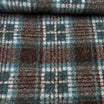
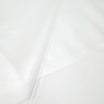

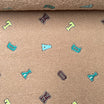
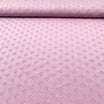
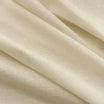
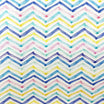
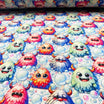

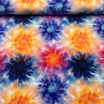


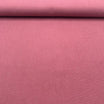


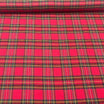

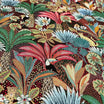
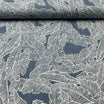
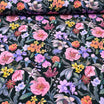
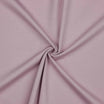


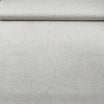

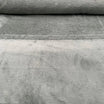
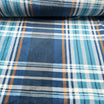
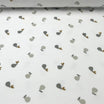
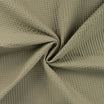

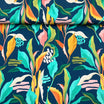
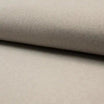


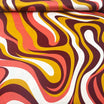

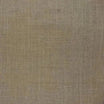
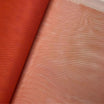
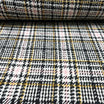
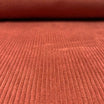
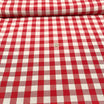

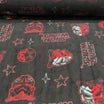
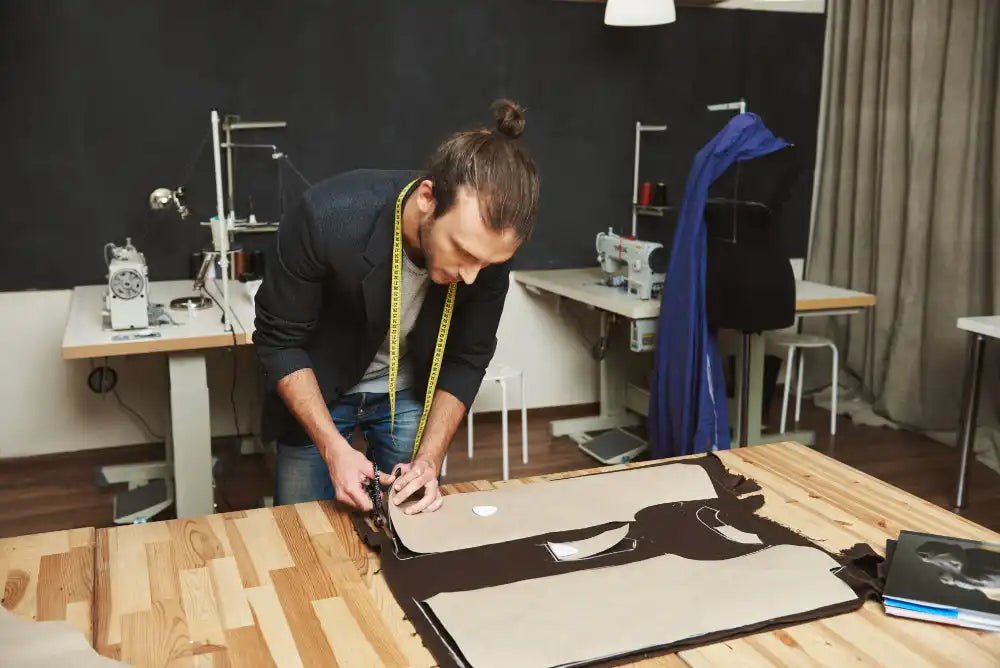
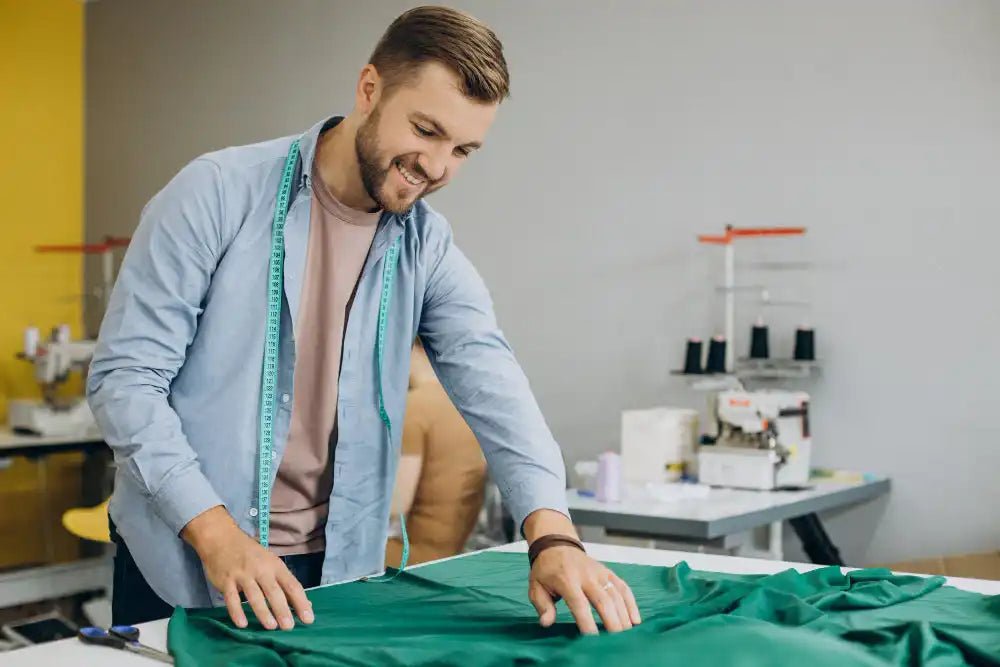

Leave a comment
All comments are moderated before being published.
This site is protected by hCaptcha and the hCaptcha Privacy Policy and Terms of Service apply.